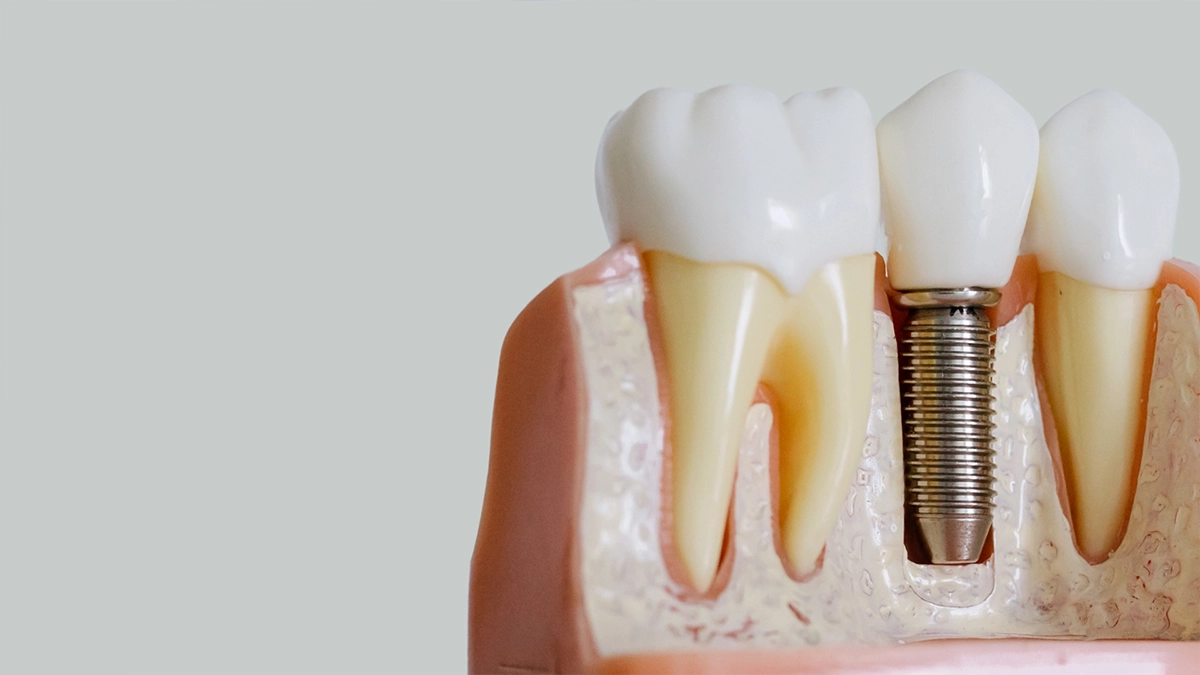What are the procedures for Dental operations?

Dental Operations
Dental operations encompass a variety of procedures aimed at improving oral health, function, and aesthetics. Here are some common dental operations
Dental Fillings
Dental fillings are used to repair cavities caused by tooth decay. The decayed portion of the tooth is removed, and the cavity is filled with materials such as composite resin, amalgam, gold, or porcelain to restore the tooth’s structure and function.
Dental Crowns
Dental crowns, also known as caps, are used to restore the shape, size, strength, and appearance of damaged or weakened teeth. Crowns are custom-made covers that are placed over the entire tooth to protect it and improve its aesthetics.
Dental Bridges
Dental bridges are used to replace one or more missing teeth by bridging the gap between adjacent teeth. A bridge consists of one or more artificial teeth (pontics) supported by dental crowns placed on the adjacent natural teeth or dental implants.

Dental Implants
Dental implants are titanium posts surgically placed into the jawbone to replace missing tooth roots. Once the implant fuses with the bone, a dental crown, bridge, or denture is attached to restore function and aesthetics.
Root Canal Therapy
Root canal therapy is performed to save a tooth that is infected or severely decayed. The infected or damaged pulp inside the tooth is removed, and the root canal is cleaned, shaped, and filled with a biocompatible material to prevent further infection.
Tooth Extractions
Tooth extractions may be necessary to remove severely decayed, infected, or damaged teeth that cannot be restored. Extractions may also be performed to create space for orthodontic treatment or to remove impacted wisdom teeth.
Orthodontic Treatment
Orthodontic treatment, such as braces or clear aligners, is used to correct misaligned teeth and bite issues. Orthodontic appliances gradually move teeth into their proper positions, improving both aesthetics and function.
Dental Bonding
Dental bonding is a cosmetic procedure used to repair chipped, cracked, or discolored teeth. A tooth-colored composite resin is applied to the tooth and sculpted into shape, then hardened with a special light to bond it to the tooth surface.
Dental Veneers
Dental veneers are thin shells made of porcelain or composite resin that are bonded to the front surfaces of teeth to improve their appearance. Veneers can be used to correct teeth that are discolored, misshapen, or slightly crooked.
Gum Surgery (Periodontal Surgery)
Gum surgery may be necessary to treat advanced gum disease (periodontitis) or to correct gum recession. Procedures may include gum grafts, pocket reduction surgery, or crown lengthening to improve gum health and aesthetics.
These are just a few examples of dental operations. The specific procedures recommended for an individual will depend on their oral health needs and goals, as determined by a thorough examination and consultation with a dentist or dental specialist.

